The black rhino, or rhinoceros, is one of two species of African rhino (and five species worldwide.) This species is also known as the “hook-lipped rhino” for its pointed upper lip. The other African species, the “white rhino,” has a broad, squared, upper lip.
Black rhinos are considered to be Critically Endangered, and three different subspecies have already been declared Extinct by the IUCN. Read on to learn about the black rhino.
Description of the Black Rhino
The best way to describe any rhinoceros species is “built like a tank.” They have broad, sturdy bodies with thick, armored skin. Two keratin-sheathed horns sprout from a core of bone in the front of the face. The front horn in usually longer than the second, and on rare occasions a third horn can grow. The longer horn is usually around 20 in. long, but horns up to 55 in. are not unknown.
Interesting Facts About the Black Rhino
These large mammals are amazingly well adapted for survival. In addition to their fantastic defensive traits, they have a number of small, unique, adaptations to aid in everyday life.
- Horn-tastic! – These large mammals have no natural predators as adults. While lions occasionally kill young rhinos, adult rhinos cause each other the most harm! Part of the reason lions don’t mess with these creatures is their long, defensive horn. The longest recorded horn length was an astounding 4.9 ft.!
- Snack Talk – Black rhinos are also known as hook-lipped rhinos. This is due to their pointed, prehensile upper lip. This lip differs from their other African neighbors, white rhinos. The black species uses their prehensile lip to browse for leaves and plants, and the white species uses their flat lip to graze for grass.
- Not so Black Rhino – Ironically enough, black rhinos are actually not Also ironically, white rhinos aren’t white! All five rhino species are a dull shade of grey.
- Midden – Rhinos are surprisingly tidy, and have a special location in their territories called a midden. Basically, it’s a poop pile. Instead of spreading their feces all around the territory, which can potentially spread disease, they choose a singular location to defecate in.
Habitat of the Black Rhino
While this species can naturally occur in a wide range of habitats, they only occur today in areas that are heavily guarded nature preserves. They can inhabit deserts, acacia savannahs, wooded grasslands, and woodlands. Because they are browsers of plants rather than grazer, which eat grass, this species must live in areas with dense vegetation.
Distribution of the Black Rhino
In the past, these creatures ranged across the vast majority of southern and eastern Africa. Unfortunately, today they are restricted to small pockets of population in heavily guarded reserves. Small populations exist in Malawi, Zambia, Botswana, South Africa, and Chad.
Diet of the Black Rhino
Unlike the other African species, black rhinos do not feed primarily on grass. They are browsers, which means that they feed on leaves and shoots. Some commonly eaten foods include leafy plants, fruits, thorny bushes, shrubs, and herbs. This species has been known to eat up to 220 different species of plants, making them generalist feeders that do not specialize on one specific type of food.
Black Rhino and Human Interaction
While habitat destruction, competition for food, and war in the surrounding areas all contribute to the decline of this species, their primary threat is illegal poaching. Like many endangered animals, they are traded illegally as traditional Chinese medicine.
Poachers commonly kill rhinos, even animals kept in protected reserves with armed guards. To this day, despite the prohibition of commercial trade, China is the biggest importer of rhino horn.
Domestication
Rhinos have not been domesticated in any way.
Does the Black Rhino Make a Good Pet
It is highly illegal to own any rhino as a pet! They are critically endangered and highly protected.
Black Rhino Care
In a zoological setting it is important to provide precise and proper nutrition. Too much iron in the diet can cause build up in the intestines, liver, lungs, and spleen, of the animal.
Keeping these creatures in zoological institutions outside of Africa is extremely important, because even while in protected areas in Africa they are subject to illegal poaching. Breeding programs are of extreme importance for the survival of the species, and the use of artificial insemination is invaluable to provide the most genetically diverse offspring.
Behavior of the Black Rhino
For the most part, these creatures are solitary. Mother and calf have a strong bond, but the calf will eventually disperse when it reaches sexual maturity. Despite their solitary lifestyle, they are not overly territorial. Home ranges commonly overlap, but fighting does occur during the breeding season and to protect calves.
Reproduction of the Black Rhino
Females use sent marking to alert their readiness to mate. Rival males will spar with one another over breeding rights, and the strongest male will remain with the female for up to a few weeks at a time.
After breeding, the gestation period is 15 months, and a single calf is born. Once the calf is 3 days old it will begin to follow its mother on her search for food. It takes 2 years before the calf will be weaned, and it will stay with the mother until she has another calf. Female calves will sometimes remain with the mother and help protect the new baby.


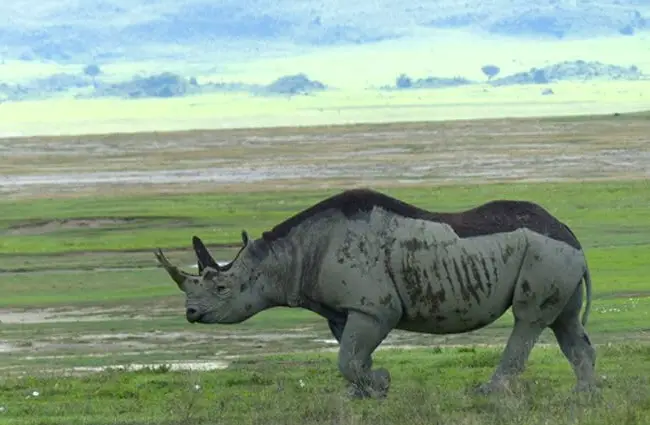
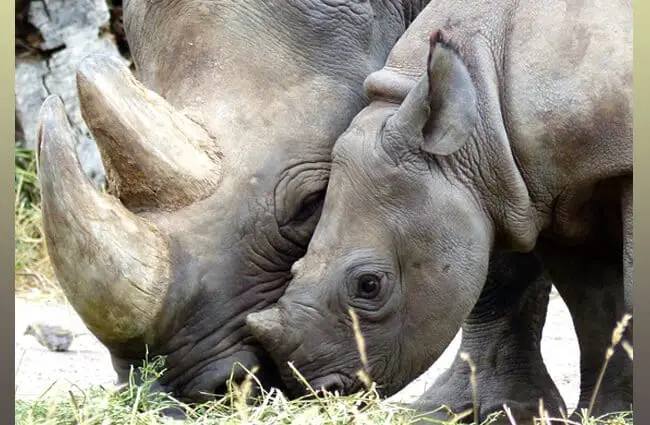
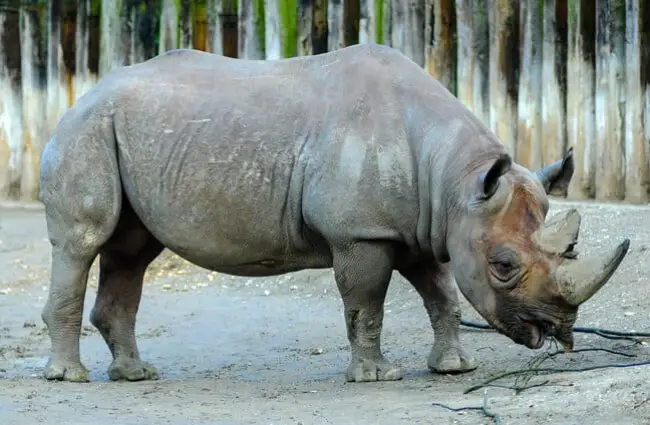
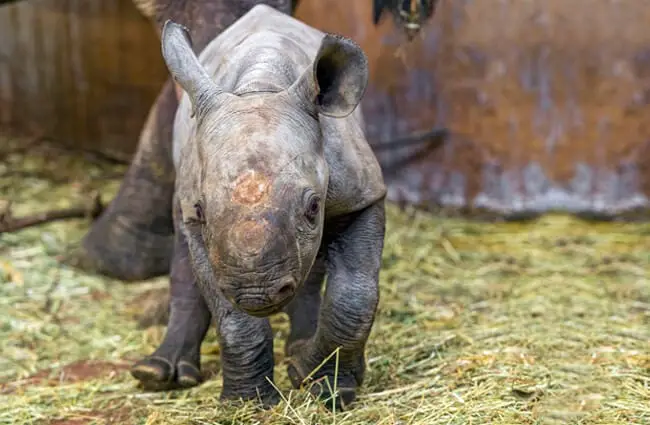
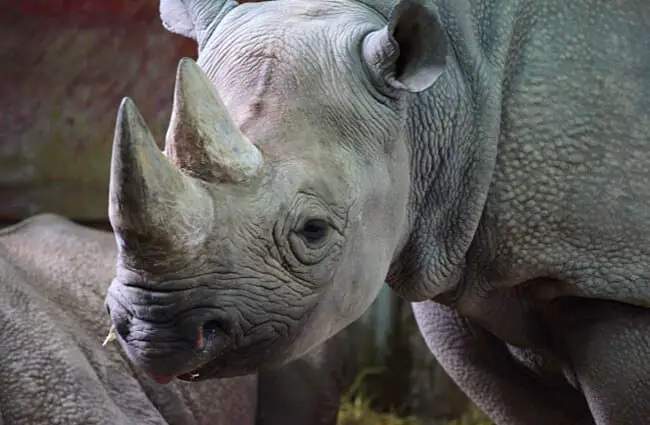
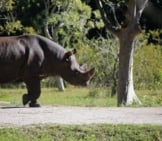
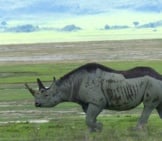

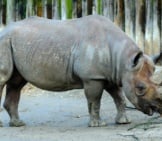
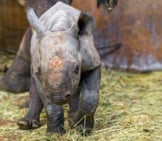
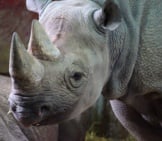
![Red Angus Closeup of a beautiful Red Angus cowPhoto by: U.S. Department of Agriculture [pubic domain]https://creativecommons.org/licenses/by/2.0/](https://animals.net/wp-content/uploads/2020/03/Red-Angus-4-238x178.jpg)












![Red Angus Closeup of a beautiful Red Angus cowPhoto by: U.S. Department of Agriculture [pubic domain]https://creativecommons.org/licenses/by/2.0/](https://animals.net/wp-content/uploads/2020/03/Red-Angus-4-100x75.jpg)

